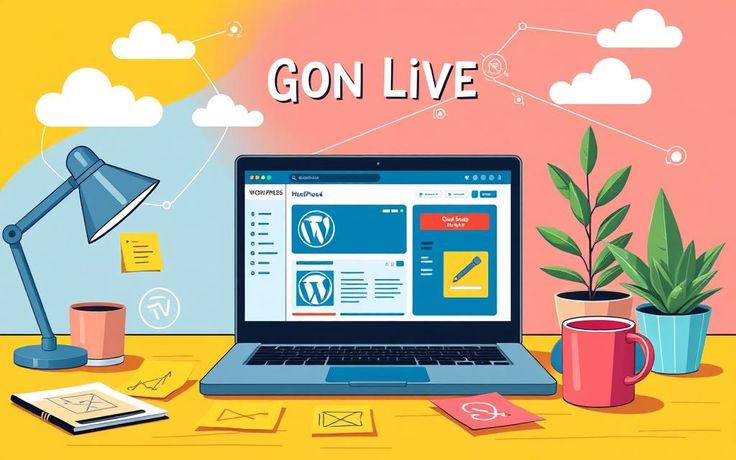In an internet filled with dirt-cheap hosting offers promising unlimited bandwidth and storage for just a couple of bucks a month, it’s tempting to jump in. For new website owners, small businesses, or freelancers, these deals seem too good to pass up. But let’s cut through the noise-cheap hosting often comes at a hidden price, and if you’re not careful, it can cost you more in lost traffic, broken trust, and failed business growth than you ever saved.

Welcome to the truth about cheap hosting. Let’s break it down.
1. Performance Bottlenecks: Slow Sites, Lost Users
The number one trade-off of cheap hosting? Speed. Budget hosts cram hundreds (sometimes thousands) of sites onto a single server. That means shared resources—CPU, RAM, bandwidth—all fighting for attention.
- Page load speed is a ranking factor for SEO.
- Slow websites increase bounce rates—users won’t wait.
- You’re sacrificing UX from the get-go.
Every second delay could cost conversions. Especially for e-commerce or service businesses, sluggish performance can burn leads before they ever engage.
2. Downtime Disasters: When Your Site Just Vanishes
“99.9% uptime guarantee” is a marketing buzzword. Cheap hosting providers may offer it, but delivering is another story. Poor infrastructure, overloaded servers, or a lack of redundancy means your site could be down when it matters most.
- No access = no sales.
- Downtime hurts SEO.
- It destroys user trust.
For brands that rely on online presence, even an hour of downtime during peak business hours is catastrophic.
3. Security Gaps: A Playground for Hackers
Security is where cheap hosting shows its true colors. Shared hosting environments, lack of firewall protection, outdated PHP versions, and zero proactive monitoring leave your website exposed.
- Vulnerable to malware, phishing, and brute-force attacks.
- Shared environments risk cross-site contamination.
- Limited backup and recovery options.
Fixing a hacked site is expensive. Protecting it from being hacked in the first place? Priceless.
4. No Real Customer Support
When things go wrong, you need help—fast. But with most low-cost providers:
- Support is slow, unresponsive, or outsourced.
- Often limited to ticket systems with 24–48 hour wait times.
- Technical guidance is generic or nonexistent.
You’re essentially on your own when the ship is sinking.
5. Scalability Issues: No Room to Grow
Cheap plans sound good for starters, but once your traffic increases or you need more resources, you hit a wall:
- Limited resource ceilings (disk space, RAM, bandwidth).
- Hidden upgrade fees or migration issues.
- Inflexible infrastructure.
You’ll outgrow cheap hosting fast, and moving a growing site to a better host later is no picnic.
6. Hidden Fees & Upsells: It’s a Trap
That Rs. 99/month plan? By year two, you’re paying for SSL, backups, email, and basic features you assumed were included.
- Introductory pricing spikes on renewal.
- Essential tools are paywalled.
- Domain, email, and backups all cost extra.
What looked cheap upfront quickly snowballs into a bloated, overpriced mess.
7. SEO Penalties: Ranking Death by Hosting
Google doesn’t just rank your content—it also evaluates site performance, security, and uptime.
- Frequent downtime = lost indexation.
- Slow load speeds = poor ranking.
- Malware-prone IPs = SEO blacklists.
Your SEO is only as good as the server it’s hosted on.
8. Limited Control & Features
Cheap hosts often use outdated cPanel versions or limit your ability to access backend features. You might miss out on:
- SSH access
- PHP version control
- Cron jobs
- Performance monitoring tools
This restricts developers and power users from optimizing or automating their websites.
9. No Staging or Developer Tools
Professional workflows need staging environments, git integration, and CI/CD support. Cheap plans rarely offer such capabilities.
This affects:
- Testing before going live
- Managing plugin or theme changes
- Updating safely without breaking your site
Developers end up stuck with cowboy coding and unnecessary risk.
10. Brand Reputation Damage
Inconsistent performance, frequent errors, broken pages—all of this adds up to a poor brand image. First impressions matter, and if your visitors get 500 errors or malware warnings, you may lose them forever.
Would you trust a brand with a laggy, insecure site? Neither will your customers.
Final Thoughts: Invest in Hosting That Grows With You

Cheap hosting might work for static sites or testing environments, but not for serious businesses. When your website is your storefront, marketing engine, and brand hub, you can’t afford to gamble on the lowest bidder.
Invest in reliable, secure, performance-oriented hosting from day one. The upfront cost may be higher, but the long-term savings in peace of mind, uptime, security, SEO, and scalability make it a no-brainer.
Don’t be penny-wise and performance-foolish. Your website deserves better.
Choose hosting like your business depends on it, because it does.